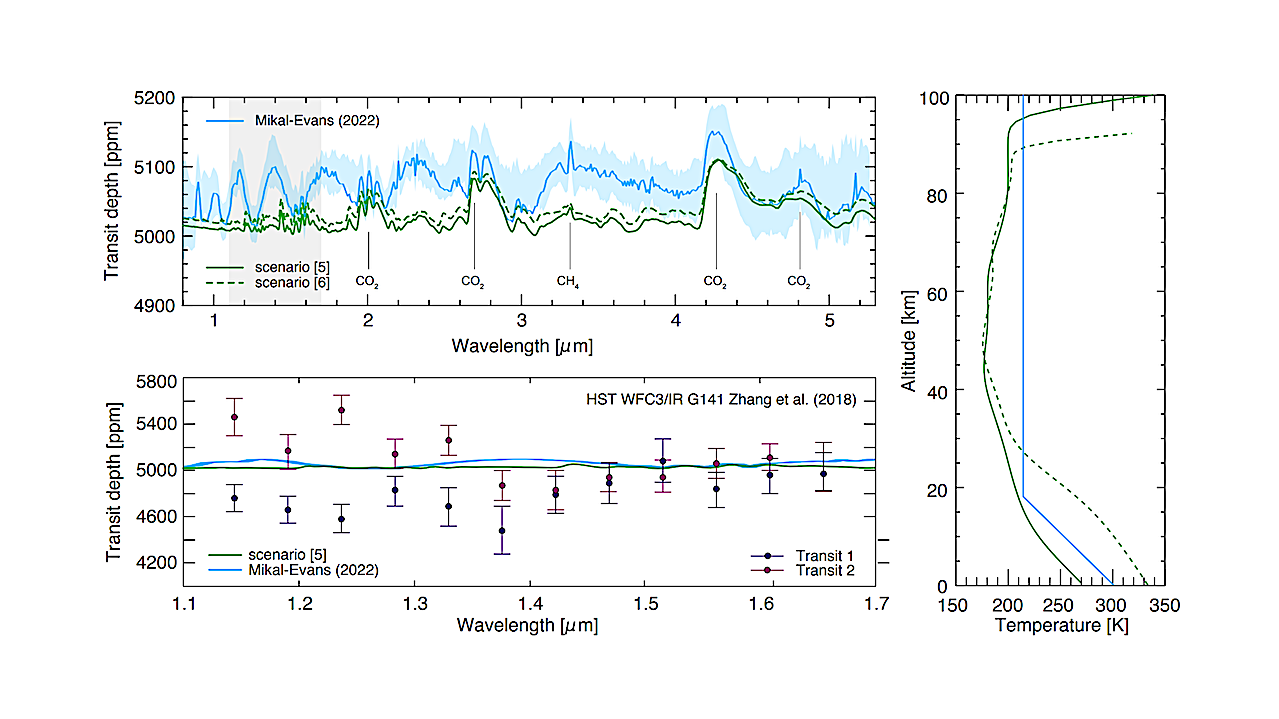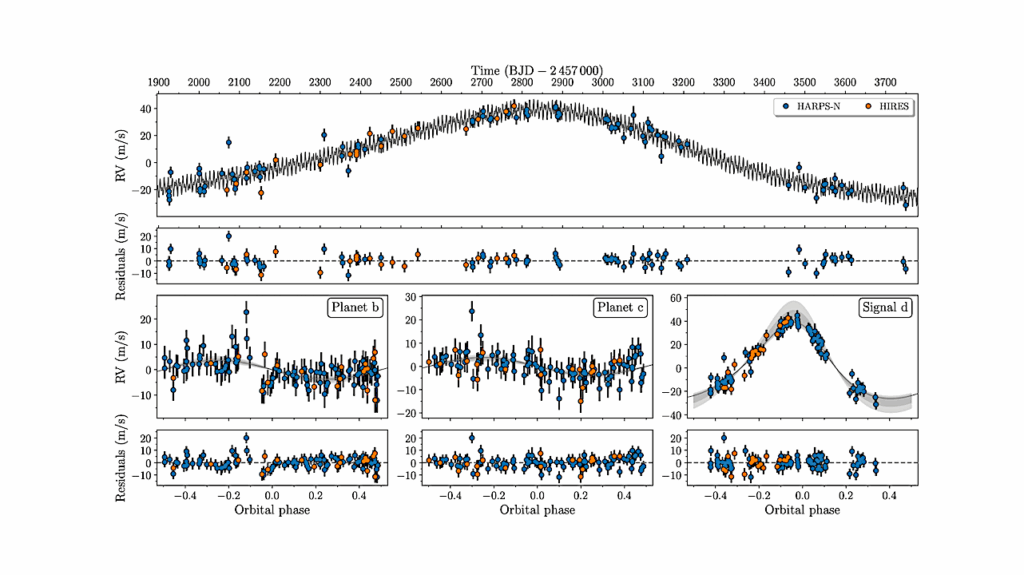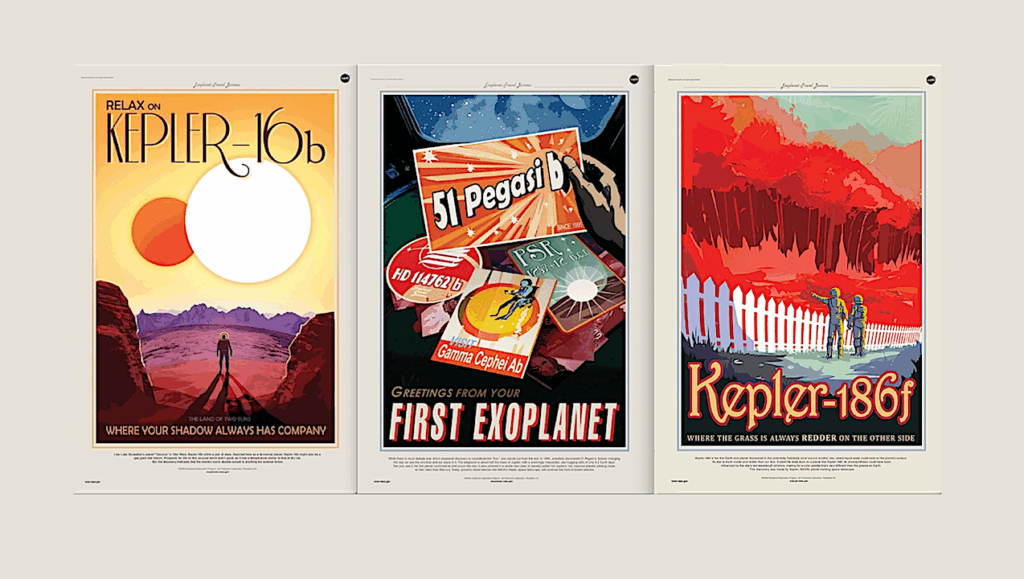Impact of Cosmic Rays on Atmospheric Ion Chemistry and Spectral Transmission Features of TRAPPIST-1e

Ongoing observing projects like the James Webb Space Telescope (JWST) and future missions offer the chance to characterize Earth-like exoplanetary atmospheres. Thereby, M-dwarfs are preferred targets for transit observations, for example, due to their favorable planet-star contrast ratio.
However, the radiation and particle environment of these cool stars could be far more extreme than what we know from the Sun. Thus, knowing the stellar radiation and particle environment and its possible influence on detectable biosignatures – particularly signs of life like ozone and methane – is crucial to understanding upcoming transit spectra.
In this study, with the help of our unique model suite INCREASE, we investigate the impact of a strong stellar energetic particle event on the atmospheric ionization, neutral and ion chemistry, and atmospheric biosignatures of TRAPPIST-1e. Therefore, transit spectra for six scenarios are simulated. We find that a Carrington-like event drastically increases atmospheric ionization and induces substantial changes in ion chemistry and spectral transmission features: all scenarios show high event-induced amounts of nitrogen dioxide (i.e., at 6.2 μm), a reduction of the atmospheric transit depth in all water bands (i.e., at 5.5 — 7.0 μm), a decrease of the methane bands (i.e., at 3.0 — 3.5 μm), and depletion of ozone (i.e., at ∼ 9.6 μm).
Therefore, it is essential to include high-energy particle effects to correctly assign biosignature signals from, e.g., ozone and methane. We further show that the nitric acid feature at 11.0 – 12.0 μm, discussed as a proxy for stellar particle contamination, is absent in wet-dead atmospheres.
Konstantin Herbst, Andreas Bartenschlager, John Lee Grenfell, Nicolas Iro, Miriam Sinnhuber, Benjamin Taysum, Fabian Wunderlich, N. Eugene Engelbrecht, Juandre Light, Katlego D. Moloto, Jan-Vincent Harre, Heike Rauer, Franz Schreier
Comments: accepted at ApJ on October 31st, 2023
Subjects: Earth and Planetary Astrophysics (astro-ph.EP); High Energy Astrophysical Phenomena (astro-ph.HE); Solar and Stellar Astrophysics (astro-ph.SR)
Cite as: arXiv:2311.04684 [astro-ph.EP] (or arXiv:2311.04684v1 [astro-ph.EP] for this version)
https://doi.org/10.48550/arXiv.2311.04684
Focus to learn more
Submission history
From: Konstantin Herbst
[v1] Wed, 8 Nov 2023 13:44:09 UTC (1,423 KB)
https://arxiv.org/abs/2311.04684
Astrobiology, Astrochemistry, space weather,








